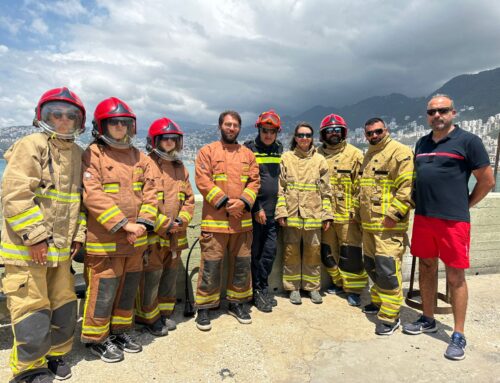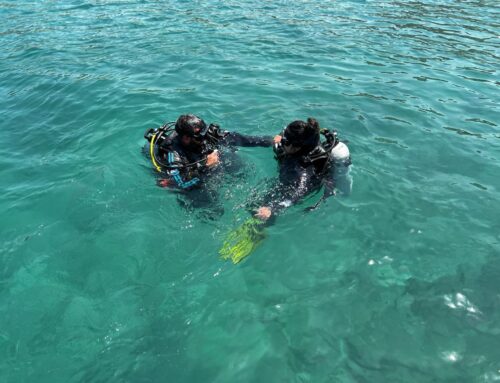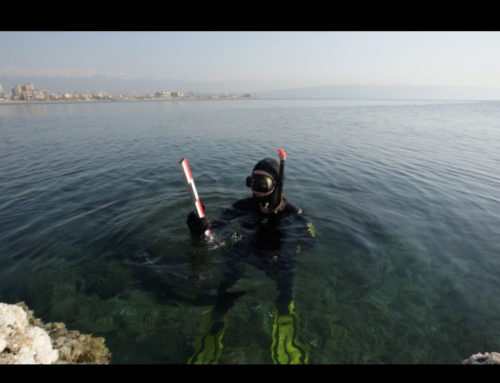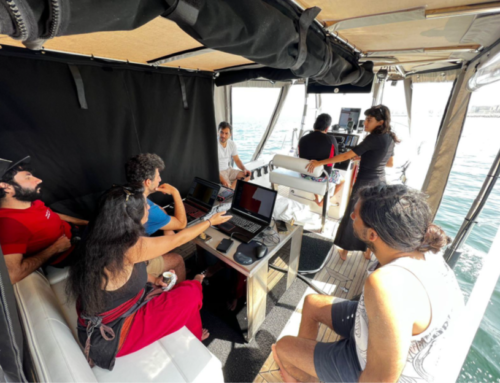Zahrani Maritime Survey 2018
HFF Lebanon and the Department of Antiquities of Lebanon (DGA)
With the growing impetus directed at maritime archaeology in Lebanon, through support from the Honor Frost Foundation, a greater need and urgency for the identification and documentation of submerged heritage is manifesting. This urgency responds to the alarming rate of urbanisation and development altering the Lebanese coastline subsequently impacting the preservation and condition of underwater and coastal cultural heritage. Responsive, pre-emptive and appropriate planning and management is crucial in this context. At the heart of such an endeavour is knowledge of extant archaeology, particularly that which lies submerged and/or buried underwater. Whilst not immediately visible to the human eye, underwater cultural heritage bares great potential to our understanding of the past; not just in relation to human activity but also as indicator of environmental adaptation and change (Flemming et al. 2017; Benjamin et al., 2017).
The Zahrani Maritime Survey took place in September 2018 with the aim of assessing the submerged archaeological potential of the Zahrani southern bay. The survey was carried out, under the support and direction of the Honor Frost Foundation in close collaboration with the Lebanese Directorate of Antiquities (DGA), over a period of eight days (14-21 September 2018).
The maritime survey of the Zahrani southern bay located 21 archaeological finds of four types: flint, pottery, anchors and masonry. The proximity of finds to one another, along with their location facing the river mouth, and in the absence of any indication for underwater archaeological structures or features, suggest that, in the case of flint and pottery, these were likely to have been surface finds deposited by the river stream on the sea bottom. The density of the anchors, on the other hand, within a limited confined space, suggests that their finds spot may have functioned as an anchorage. It is evident, however, that the results from this season’s survey need to be integrated with those from terrestrial surveys in order to lead to a wider understanding of past human activity. Moreover, a geoarchaeological study targeting the riverbed and flow is paramount in order to establish the Zahrani River drainage basin in antiquity, which will shed light on prehistoric human occupation in the region.






